If Your Banana Smells Like This, Throw It Away Immediately, Experts Warn
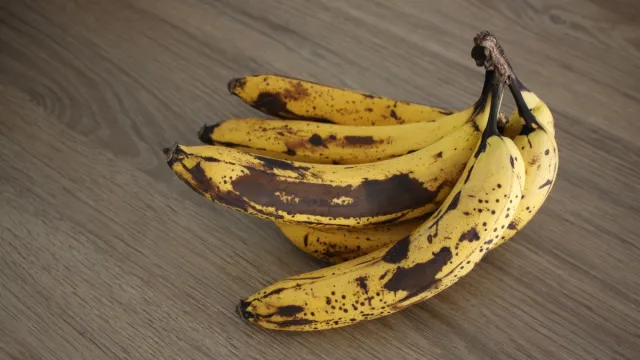
Americans eat an astounding 27 pounds of bananas a year, according to the Mayo Clinic. That averages out to around 90 bananas per person annually, or one banana every four days. The South American-grown fruit is one of the most popular fruits because it contains high amounts of potassium (which helps lower blood pressure) and vitamin C. But bananas can be tricky. And eating one that’s either underripe or overripe can make for an unpleasant meal. Sometimes it’s difficult to tell when a banana is too far gone to safely eat—even for use in banana bread. Read to learn about the signs that your banana is past the point of no return.
RELATED: Never Eat Microwaved Food Before Doing This, FDA Warns.
Bananas can go from good to bad in a matter of days.
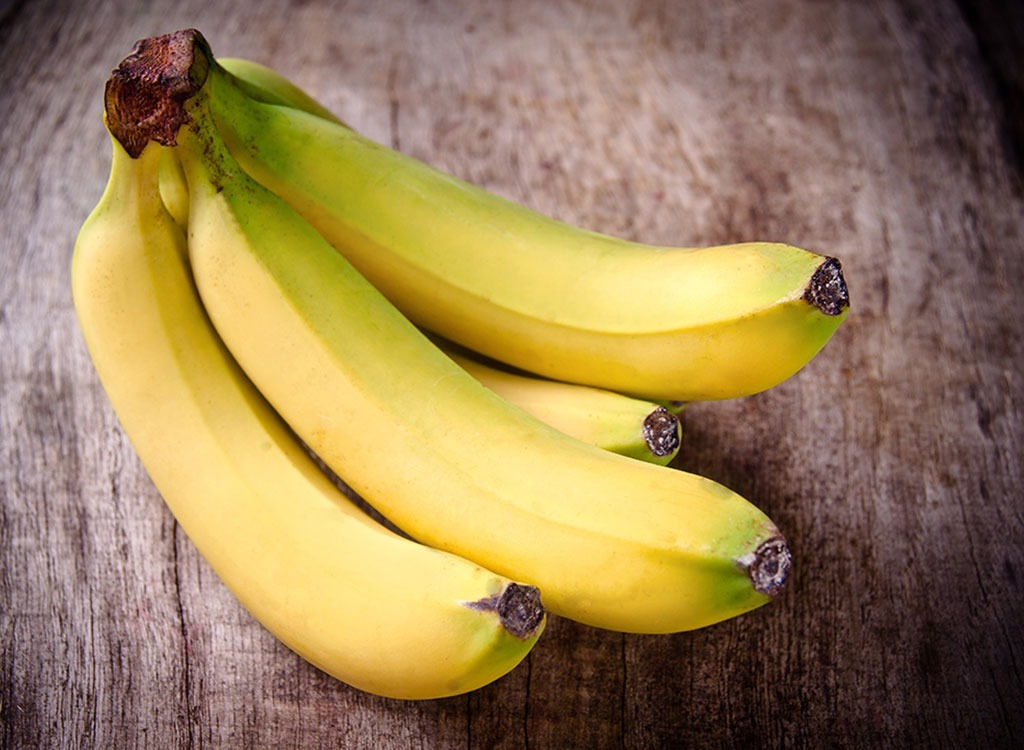
If you’ve purchased green bananas at the store, it’ll typically take between three and four days for a banana to ripen, according to Home Guides. Bananas are still safe to eat after they’ve reached peak ripeness—and are especially good for use in baking, as bananas increase in sugar content as they ripen, per the Mayo Clinic.
But banana fans should beware that a banana can go from ripe to overripe to unsafe pretty quickly.
RELATED: This Long-Time Rumor About Diet Soda Was Just Confirmed by a New Study.
Watch out for these signs that your fruit has gone bad.
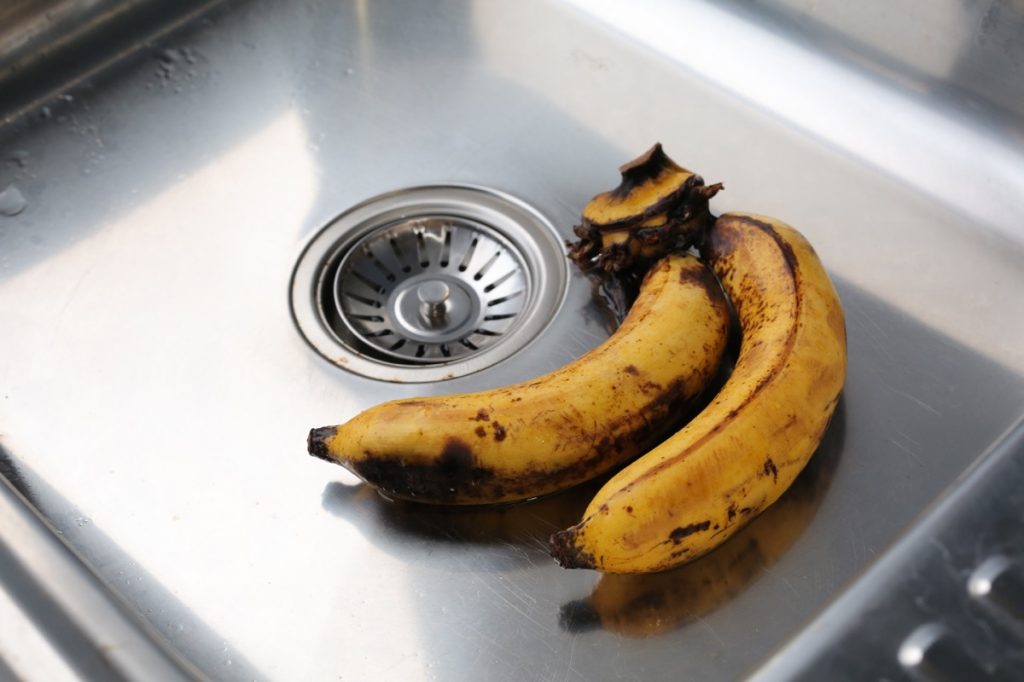
According to The Culinary Professor, bananas are still safe to eat up to a week after they ripen, as long as they don’t have any of the following characteristics: a black banana and peel (which could be the sign of a fungal infection), mold on the outside of the banana, liquid leaking out from the banana, a soft and mushy texture throughout, and fruit flies buzzing about. The experts at Our Everyday Life note that the latter is particularly worrisome, because flies don’t just fly around bananas—they’ll sometimes lay eggs on them.
If you see any of those problems, your banana is likely unsafe to eat and should be tossed. But there’s one sign that you should also pay close attention to: the smell. Per Spoon University, a banana that’s gone bad can smell “mildewy, moldy or fermented.” Others have described the smell as “musty.”
“Bananas that have a musty smell, fruit flies, mold on the stems, or signs of rot and decay are no longer safe to eat,” certified nutritionist Andrea Picincu wrote in an article for Livestrong. “An overripe banana that looks and smells fine, on the other hand, doesn’t pose any health risks.”
A brown banana isn’t necessarily a bad banana.
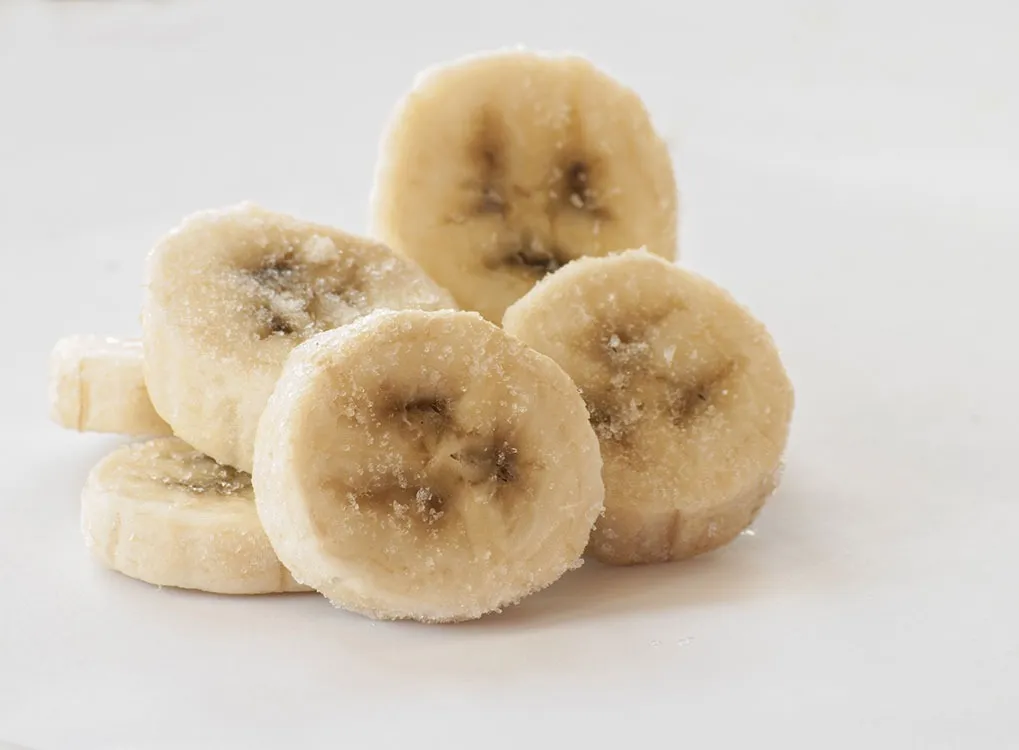
To be clear, just because your bananas have gone brown or have spots on the outside doesn’t mean the fruit inside isn’t perfectly safe to eat. In fact, a 2014 study published in the journal Pediatric Gastroenterology, Hepatology and Nutrition found that unripe bananas actually contain more tannins and starch, which can be bad for digestion. That’s why it’s better to wait for your bananas to ripen up before eating them.
According to the experts at the Greater Chicago Food Depository, “Bananas dotted with brown are perfectly fine to eat and are sometimes preferred once peeled because of their sweetness. Bananas that have become quite brown should still be peeled, these bananas are often still entirely firm enough to eat or have portions that can be easily cut away.”
Be aware, however, that people with sugar sensitivities may want to limit their banana consumption because bananas contain about 15 grams of sugar each. “There may be a slightly quicker rise in blood sugars from a very ripe banana compared to a less ripe one,” the Mayo Clinic notes. “This is typically not significant enough to make a difference or warrant eating green bananas. The size of the banana has a larger effect on the blood sugar rise than the ripeness, due to the fact that it would contain more total carbohydrate grams.”
RELATED: For more food safety advice delivered straight to your inbox, sign up for our daily newsletter.
If your bananas are not ready to eat, you can speed up the ripening process with these tips.
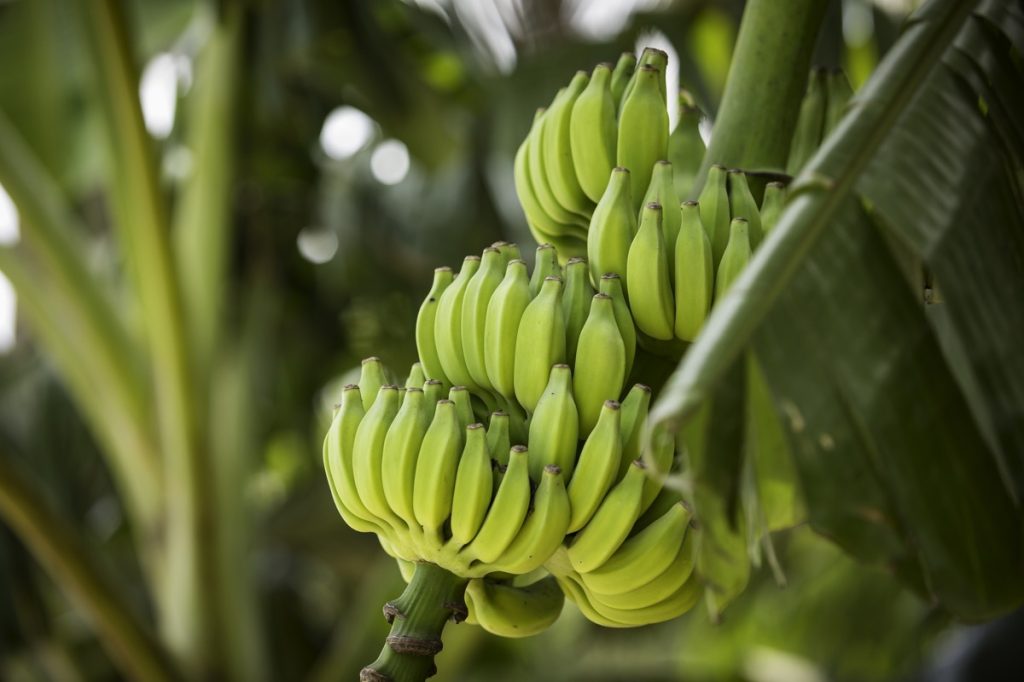
If you’ve bought bananas that are way too green, Chiquita recommends speeding up the ripening process by keeping them together in a bunch, ripening them in a bag, or keeping them in a warm spot. If you intend to use the bananas for baking, there are several other things you can try, including putting them in the fridge or freezer. Frozen bananas can be kept for up to eight weeks, according to the company.
You can also heat the bananas in the microwave or oven to speed up the ripening process. If you’re putting them in the oven, you’ll want to leave the peels on and bake them for 15 to 20 minutes at 300 degrees Fahrenheit.
RELATED: If You Notice This on Your Eggs, Throw Them Out Immediately, Experts Say.